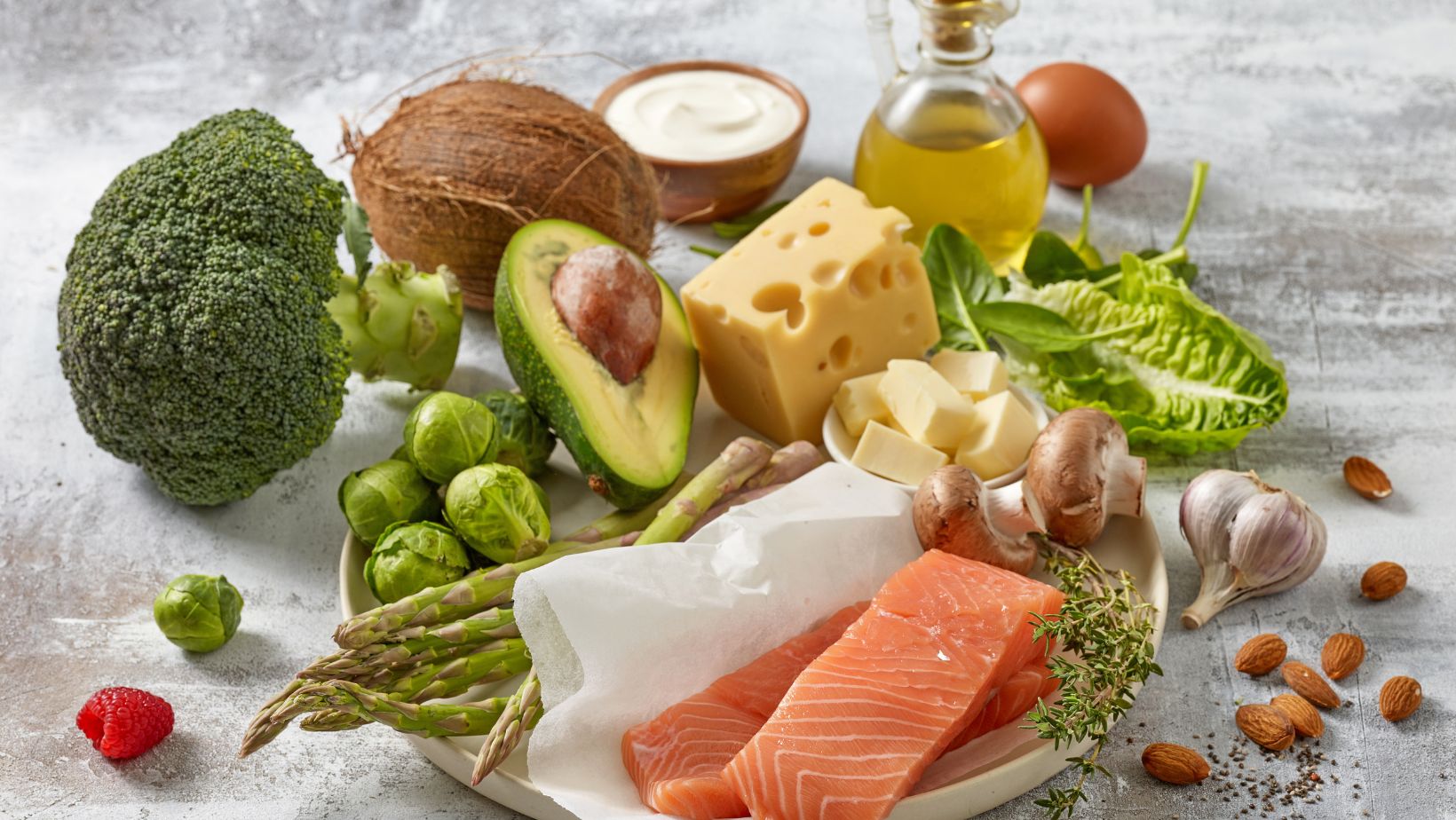
When it comes to weight loss, there are countless diets and approaches out there. Two popular ones that often come up in discussions are the paleo diet and the keto diet. Both diets have gained significant attention in recent years, claiming to offer effective solutions for shedding those extra pounds.
The paleo diet is based on the idea of eating like our ancestors did during the Paleolithic era. It emphasizes whole, unprocessed foods such as lean meats, fish, fruits, vegetables, nuts, and seeds while excluding grains, legumes, dairy products, added sugars, and processed foods. Proponents of the paleo diet argue that by eliminating modern-day dietary culprits such as refined carbohydrates and artificial additives, it can help regulate blood sugar levels and promote weight loss.
On the other hand, the keto diet focuses on drastically reducing carbohydrate intake while increasing fat consumption. By doing so, it forces your body into a state of ketosis where it primarily burns fat for fuel instead of glucose from carbs. This high-fat approach means incorporating foods like meat, fatty fish, avocados, butter or ghee (clarified butter), oils (such as coconut or olive oil), nuts and seeds into your meals while minimizing carbohydrate-rich foods like breads and starchy vegetables.
Now that we’ve briefly introduced both diets, let’s dive deeper into their effects on weight loss to determine which one might be more suitable for you.
Paleo vs Keto For Weight Loss
When it comes to weight loss, the debate between paleo and keto diets has been a hot topic of discussion. Both approaches have gained popularity in recent years, but they differ in their fundamental principles and dietary guidelines. Understanding the key differences between paleo and keto can help you make an informed decision about which approach may be more suitable for your weight loss goals.
-
Macronutrient Composition:
- The paleo diet focuses on consuming whole foods that our ancestors would have eaten during the Paleolithic era. It emphasizes lean proteins, fruits, vegetables, nuts, seeds, and healthy fats while avoiding processed foods, grains, legumes, dairy products, and added sugars.
- On the other hand, the ketogenic (keto) diet is centered around high fat intake with moderate protein consumption and very low carbohydrate intake. By restricting carbs to a minimum level (usually below 50 grams per day), the body enters a state of ketosis where it primarily burns fat for fuel instead of carbohydrates.
-
Approach to Carbohydrates:
- While both diets limit carbohydrate intake compared to standard Western diets, the paleo diet allows for a higher carb intake from fruits and non-grain sources like sweet potatoes. This flexibility may be beneficial for individuals who engage in intense physical activities or require more energy from carbohydrates.
- In contrast, the keto diet strictly restricts carbohydrate consumption to induce ketosis. This can be challenging initially as it requires careful monitoring of carb intake including hidden carbs in various food products.
-
Focus on Fat:
- Although both diets emphasize consuming healthy fats like avocados, olive oil, coconut oil etc., the keto diet places greater emphasis on consuming high amounts of dietary fat to achieve ketosis.
- On the other hand, while not as extreme as keto’s high-fat approach, paleo encourages moderate fat intake without excessive restrictions.
-
Sustainability:
- The paleo diet tends to be more sustainable for long-term adherence due to its flexibility and inclusion of a wide variety of whole foods. It can be easily modified to accommodate individual preferences and lifestyle choices.
- The strict nature of the keto diet, on the other hand, may make it more challenging to sustain over extended periods. The limited food choices and constant monitoring of macronutrient intake can be difficult for some individuals.
-
Health Benefits:
- Both paleo and keto diets have been associated with weight loss, improved blood sugar control, increased satiety, and reduced inflammation.
- However, the keto diet has shown particular efficacy in managing certain health conditions such as epilepsy, type 2 diabetes, and metabolic syndrome.
In conclusion, when deciding between paleo and keto for weight loss purposes, it’s essential to consider your personal preferences, health goals, lifestyle factors, and dietary restrictions. Consulting with a healthcare professional or registered dietitian can provide valuable guidance tailored to your specific needs. Remember that there is no one-size-fits-all approach to weight loss, so finding a sustainable dietary pattern that works best for you is key.

